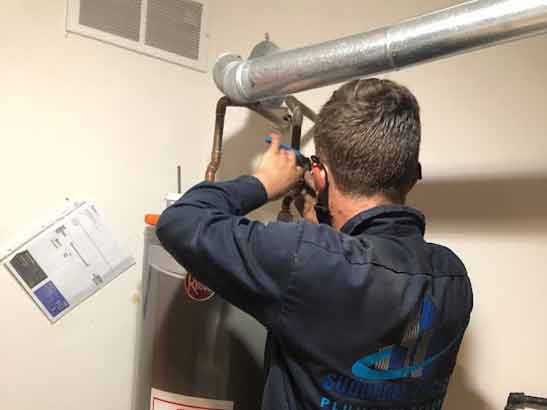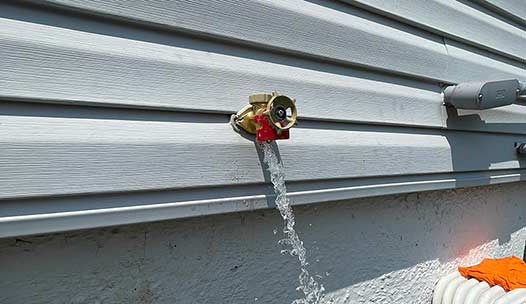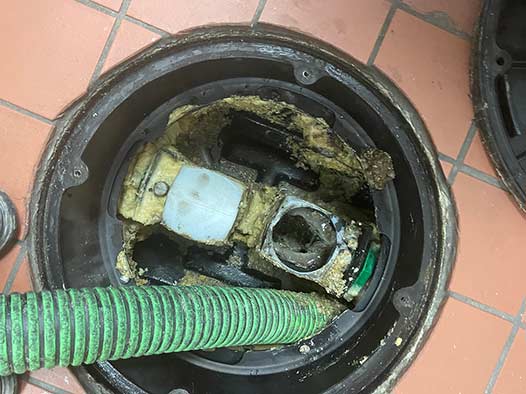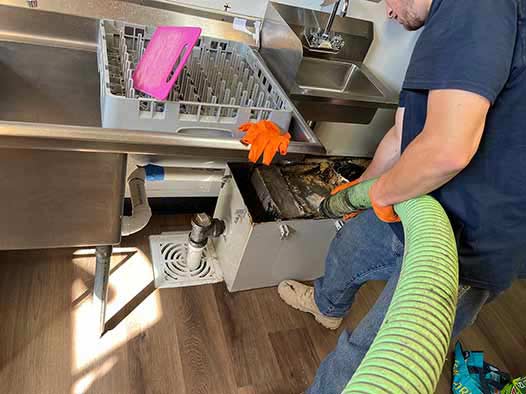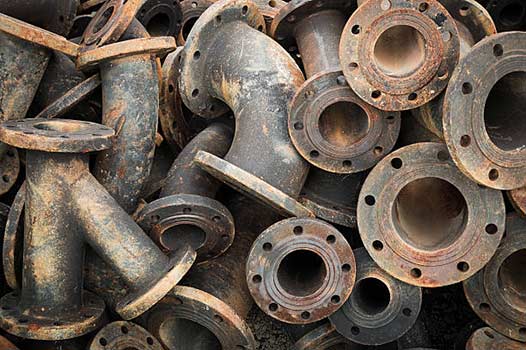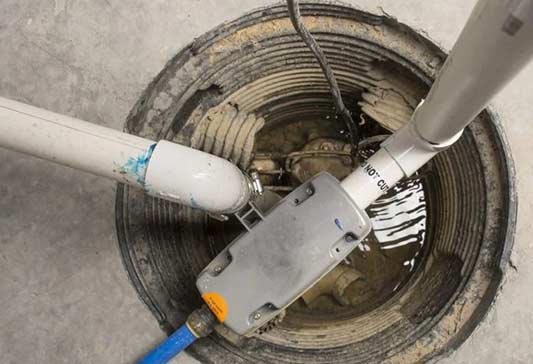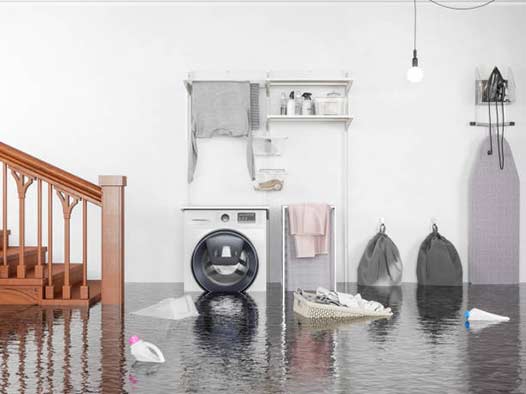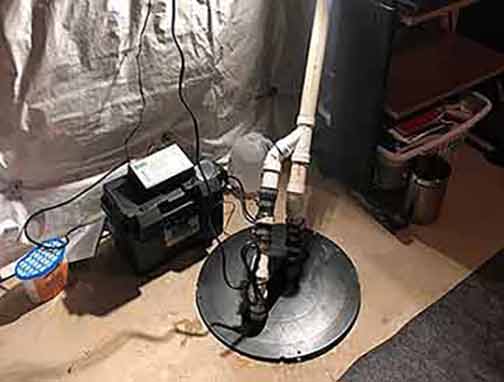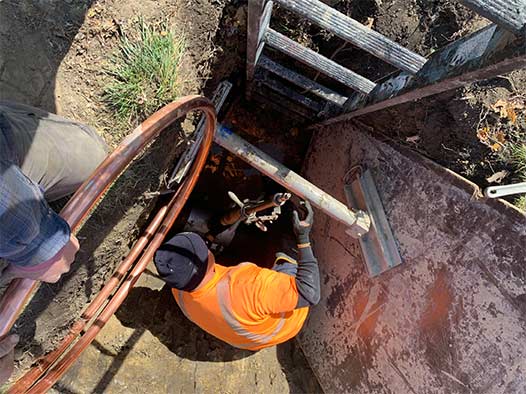
When it comes to home maintenance and repairs, few things can cause more stress and inconvenience than a problem with the main water line. This critical component of your home’s plumbing system is responsible for delivering clean and fresh water to every faucet, shower, and toilet in your house. So, when the main water line needs repair, it’s natural to wonder whether or not you will have to leave your home during the process.
Here we will explore the factors that determine whether or not you need to leave your home during a main water line repair. We will also provide some tips and considerations to help make the process as smooth and stress-free as possible.
Factors to Consider
Extent of the Damage
The extent of the damage to your main water line plays a significant role in determining whether or not you will need to temporarily vacate your home. In some cases, minor repairs can be completed without disrupting the water supply to your house. However, if the damage is extensive and requires major repairs or replacement of the entire main water line, it is more likely that you will need to find alternate accommodations during the repair period.
Access to the Main Water Line
Another important factor to consider is the accessibility of the main water line. If the line is located underground or in a hard-to-reach area of your property, the repair process may involve digging or excavation, which can be disruptive and messy. In such cases, it is advisable to temporarily leave your home to avoid the inconvenience and potential hazards associated with these repair techniques.
Duration of the Repair
The duration of the repair is also an essential factor to consider. Minor repairs can often be completed within a few hours or a day, allowing you to stay in your home during the process. However, major repairs or replacements may take several days or even weeks to complete, making it necessary for you to make alternative arrangements for accommodation.
Tips for a Smooth Repair Process
If you find yourself needing a main water line repair, here are some tips to help make the process as smooth and hassle-free as possible:
Plan Ahead
If you suspect that your main water line may need repairs in the future, it is a good idea to plan ahead. Start by researching reputable plumbers in your area and save their contact information for easy access when needed. By being prepared, you can minimize the time it takes to find a reliable professional and get your repair scheduled.
Communicate with Your Repair Provider
Once you have selected a repair provider, be sure to communicate openly with them about your expectations and concerns. Ask them about the estimated duration of the repair, the extent of the disruption, and whether or not you will need to temporarily leave your home. By having a clear understanding of the repair process, you can plan accordingly and make necessary arrangements.
Arrange Alternative Accommodations
If it is determined that you will need to leave your home during the main water line repair, it is essential to arrange alternative accommodations. This may include staying with family or friends, booking a hotel room, or renting a temporary residence. Consider the duration of the repair and choose an option that is most convenient and comfortable for you and your family.
Take Precautions
Before the repair begins, take some precautions to protect your belongings and minimize potential damage. Move valuable items away from the affected area, cover furniture and electronics with plastic sheets or tarps, and secure any loose items that may get in the way of the repair work.
Follow Safety Instructions
If you choose to stay in your home during the repair process, be sure to follow any safety instructions provided by the repair provider. This may include avoiding certain areas of your home, limiting water usage, or temporarily disconnecting specific appliances or fixtures.
In Conclusion
In conclusion, whether or not you need to leave your home during a main water line repair depends on several factors, including the extent of the damage, accessibility of the line, and duration of the repair. Communication with your repair provider and careful planning can help make the process as smooth as possible. If you do need to temporarily vacate your home, arrange alternative accommodations and take necessary precautions to protect your belongings. Remember to follow any safety instructions provided to ensure a successful and hassle-free repair process.

